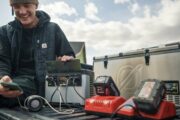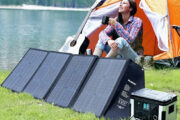There is nothing more exciting than an unforgettable adventure in the wilderness with your friends and family or on your own, away from the hectic and stressful everyday life. Plus, countless studies have shown that regular outdoor like hiking and camping reduce the risk of heart disease along with many other health benefits.
However, before you leave your house, you have to get the proper hiking camping gear while considering a few factors such as the weather, the longevity of your trips, the terrain etc. Without further ado, let’s get into some of the essential hiking and camping equipment you will need for an exhilarating experience in nature.
What Equipment Do You Need for Hiking and Camping?
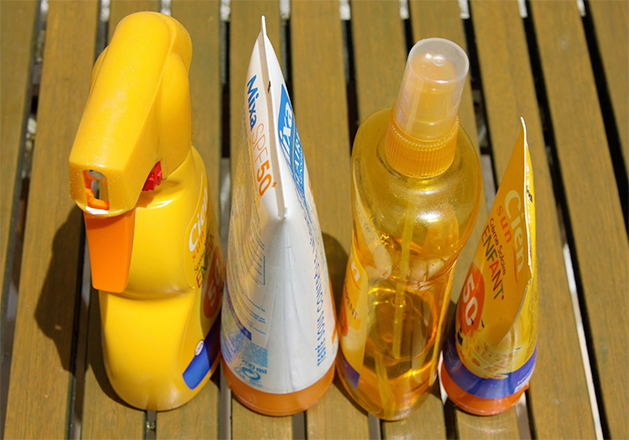
Sun Protection
There’s nothing better than a hike on a beautiful sunny day. However, even if you are not on the beach, the flat surfaces still reflect the sun rays, and even though vitamin D is beneficial for your skin, too much can result in a sunburn. That said, when in the outdoors, you should apply sunscreen with SPF 15 or higher at least 30 minutes before leaving the house. Additionally, wearing sun hats can further protect you from the sun’s harmful UV rays, especially when the sun is at its strongest. It also provides relief from the heat.
One must-have item that will ease your eye strain and allow you to have a clearer vision is photochromic sunglasses. Without them, your trip will consist of you squinting and blocking the sun reflection with your hand, which is not a good look in the long run.
First Aid Kit
It isn’t unusual to scratch or cut yourself while hiking or camping, but sometimes there might be serious injuries such as sprains. The notion of possible incidents shouldn’t crush your adventurous spirit but only make you more cautious and prepared when it comes to your first aid kit. It should always contain antiseptic wipes, gauze pads, pain-relief medication, scissors, bandages, medical tape etc. You don’t have to shop for these items separately since any well-stocked hiking camping gear store offers ready-made first aid kits.
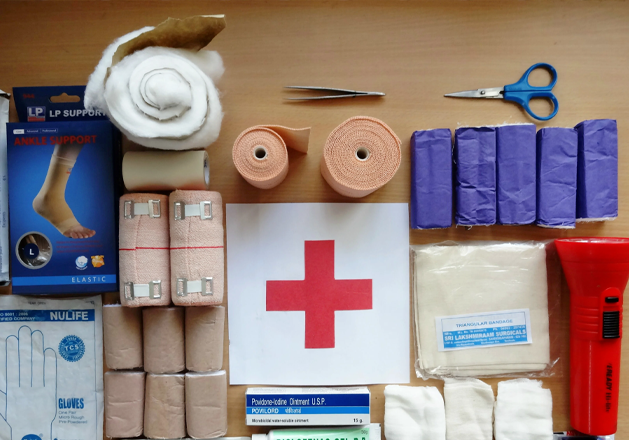
Tools
Exploring the mesmerising beauty of the Australian wilderness can be a unique and fulfilling experience, but you shouldn’t go unguarded. Whether you’ll need it to build a camp or defend yourself, there are several benefits to carrying a knife with you. Most hikers prefer to travel light, that is, why you need a knife to cut your food, start a fire, cut clean clothes to put on a wound, cut tape, cut bandages, sharpen wood items etc.
However, if you need more tools but don’t have enough space, you have to get your hands on a quality multi-tool, another indispensable part of the hiking gear. This device, which you can carry in your pocket, has blades and other extensions such as knives, screwdrivers, scissors, bottle openers, wire cutters, electrical crimper etc. Even if you encounter some issues with the gear, the multi-tool comes to the rescue offering a temporary fix.
Shelter and Sleeping Gear
We’ve come to one of the crucial parts of the hiking and camping experience – the shelter. It protects you from the weather, especially if it’s rainy, windy, and most importantly, all the insects’ bites that occur at night. But, before anything else, you have to choose which option will suit your needs, as you may have different expectations depending on your travelling companions as well as the trail conditions.
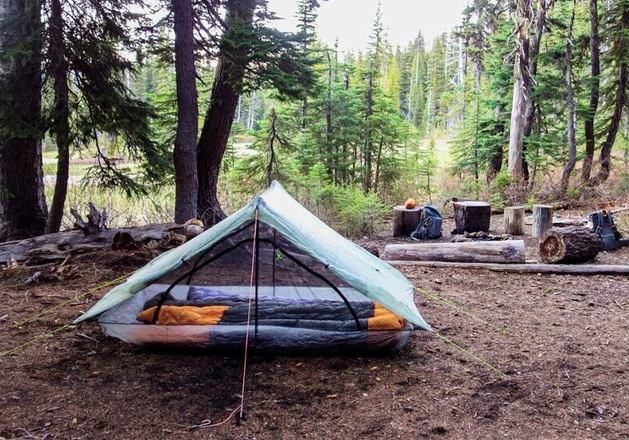
If you require more privacy, then a tent is the best option. When choosing a camping tent, you have to check its weight and height, how much space you need, whether it’s double-wall or a single-wall, is it waterproof etc. Also, you should check whether the tent is a 4-season tent or a 3-season one or less since the former provides durability and increased insulation and protection during snow loads and strong winds.
However, if privacy is not an issue for you and you’re going to be camping during warmer weather, there are various options such as tarps, hammocks and bivy sacks. Once you’ve taken care of the shelter, next on the list is the sleeping gear. It is crucial for a good night’s sleep and keeping you warm during the dropping temperatures at night.
Clothes and Footwear
Quality hiking attire and footwear are essential hiking gears, which can make or break your whole experience on the trail. Since the entire burden falls on your feet while hiking or camping, you must get shoes that match your hiking needs. Also, many insects such as ticks, carry diseases, and it is essential to wear long sleeves and pants to avoid anything getting on your skin.
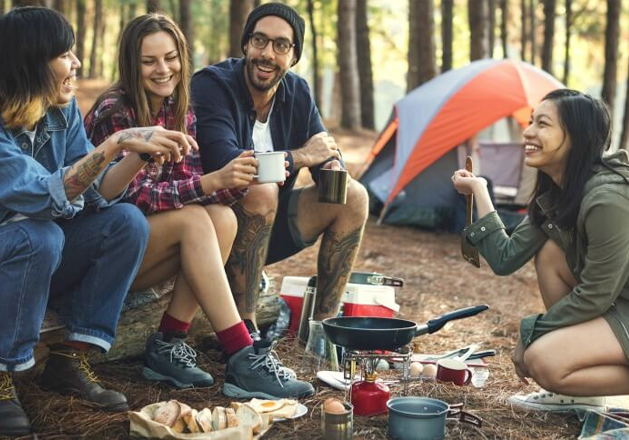
It is also helpful to apply insect repellants to your clothes before walking outside. After the hike, be sure to check if there are any ticks on your clothes and remove them immediately. Also, wear sturdy shoes and gaiters to protect yourself from spider and snake bites.
Camping and Hiking Lights
Finally, as the sun goes down, so does our vision. The total darkness can be scary and challenging, especially with all the wildlife out there. However, various high-quality LED lights can illuminate your camp within seconds.
If you need to get back to camp after dark or you’re carrying something and need your hands to be free, then headlamps are your best choice. But, if you want to illuminate a larger area, a camping lantern is the way to go. Lanterns light in all directions allowing you to read a book, cook etc. Also, there are portable solar panels that are an absolute game-changer. You can take them wherever you go and use them to recharge your smartphones and other devices off-grid.
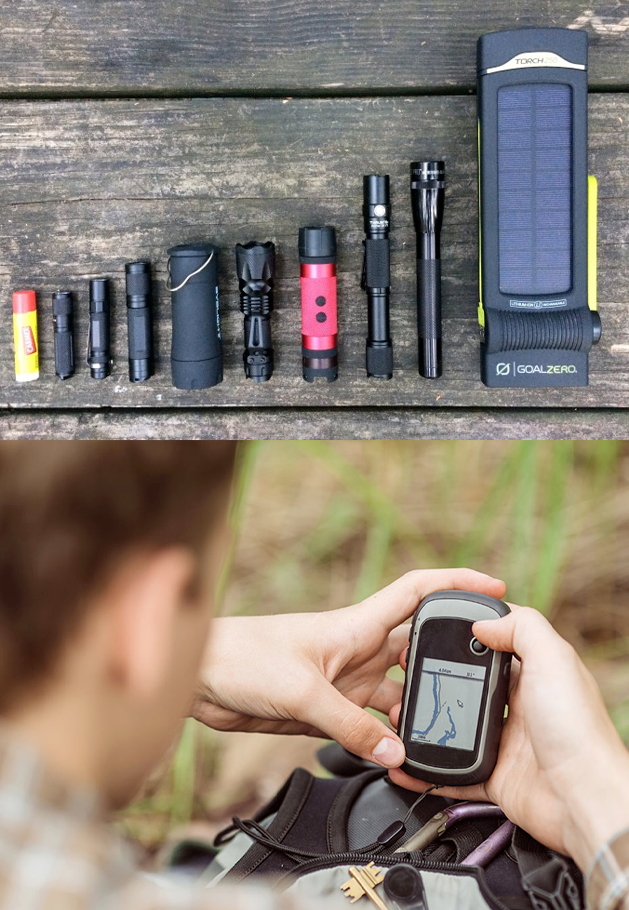
Navigation
Travelling off-trail can be challenging, especially if the terrain is unfamiliar. Relying solely on one navigational tool won’t suffice. Your navigation tools should be diverse and consist of maps, compass, personal locator beacon etc.
Topographic maps help hikers navigate safely from one destination to another while pointing out places of interest. The contour lines of these maps allow you to visualize mountains, hills, valleys, water and vegetation etc. A compass is there to identify your location and get you back on the right path. But, if you are lost and injured, your last resort is the personal locator beacon that sends out a signal on 406 MHz, and a search and rescue team will be on the way.
Being outdoors requires planning and having specific hiking camping gear, but all of that pays off in the end when you make adventures of a lifetime with your loved ones or even on your own. So, are you ready to take on such an adventure?
